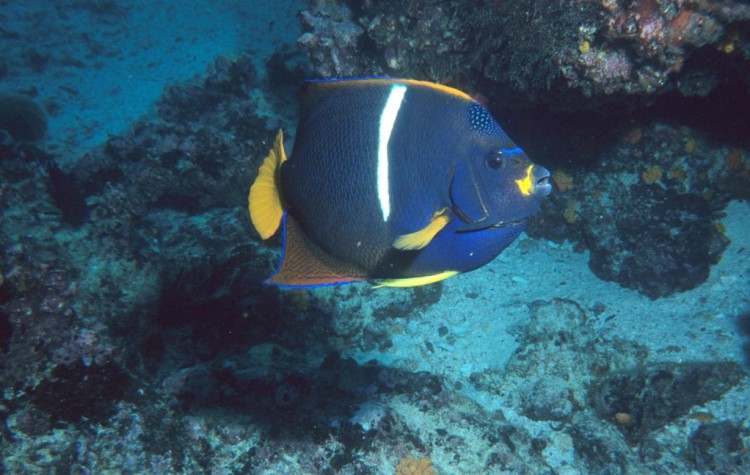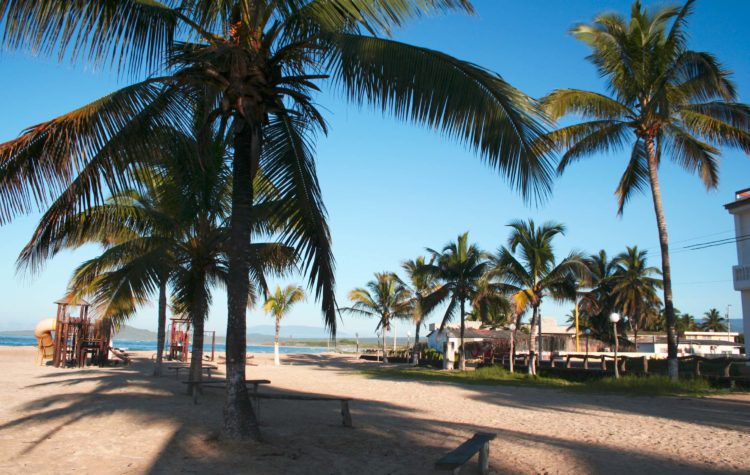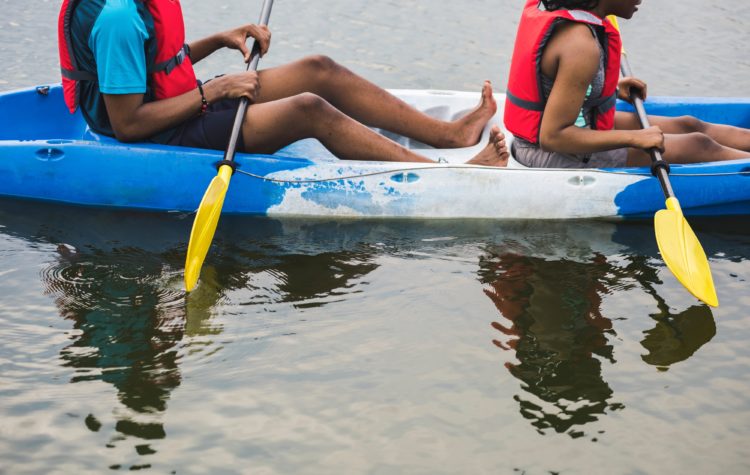ITINERARY B4
4 DAYS – 3 NIGHTS FRIDAY – MONDAY
(Every 14 days)
DAY 1 – Friday
AM: Arrival at Baltra Airport
This morning you will fry from Guayaquil to Baltra Airport.
At Baltra Airport you will have to pay your Galapagos National Park entrance fee and your luggage will be inspected. In front of the arrival hall you will meet your naturalist guide and fellow passengers, and the airport shuttle will transfer you to the ferry across the Itabaca Channel. On Santa Cruz you continue by bus through the lush highlands to the harbor of Puerto Ayora. Our inflatable dinghies take you to the yacht.
PM: Welcome aboard S/C Nemo I
After being welcomed aboard S/C Nemo I, check-in, lunch, and the safety-drill you will visit the Charles Darwin Research Station as an introduction to the Galapagos and you will get some free time to stroll through the cozy town of Puerto Ayora.
The Charles Darwin Research Station and the headquarters of the Galapagos National Park service share the same location on the outskirts of Puerto Ayora. From here biological research and indispensable conservation management of this unique archipelago are directed. The complex houses several interpretation and information centers about the National Park and the Galapagos Marine Reserve.
The most memorable part of your visit will probably be the successful breeding center and the enclosures with Galapagos giant tortoises; eve after the death of its world-famous resident, “Lonesome Gorge” (+ June 2012).
Day 2 – Saturday
AM: Pitt Point (San Cristobal)
Two wind sculptured tuff cones at Pitt Point constitute the easternmost point of San Cristobal, and thus of the archipelago as well. These cliffs were the first sight of land when HMS Beagle and Charles Darwin arrived on September 15th, 1835. On the small green sand beach, you will be welcomed by a cacophony of barking Galapagos sea lions. This is a bachelor colony, where males usually recuperate from and prepare themselves for fighting and mating.
From the saltbush and spiny shrubs behind the beach, a trail leads up to an area of tropical dry forest vegetation – most of the year leafless Palo Santo trees, yellow cordia shrubs and tiny prickly pear cacti. After the pretty steep climb through a gully to the cliff top, you can wander around the only colony on the Galapagos that is home to all three species of booby: blue-footed, red-footed and Nazca booby; as well as both species of frigate bird (great and magnificent), famous because of their scarlet balloon-sized pouches during mating season.
PM: Witch Hill, San Cristobal.
To scout the dangerous reefs, in 1835 HMS Beagle´s Captain Fitz-Roy climbed to the top of the tuff-cone that overlooks this scenic bay. Nowadays it is called Witch Hill and it is part of its romantic coastal panorama. Let your eyes travel from the volcanic cone, over the turquoise bay to the razor-sharp contours of Kicker Rock on the horizon, one of the photogenic landmarks of the Galapagos.
You can walk about 1km/0.6 mi along the romantic, crescent-shaped beach and feel the soft and powdery white coral sand on your feet. Enjoy the Galapagos sea lion rookery with its cute babies, or study the rich intertidal and birdlife. Behind the beach and the narrow stretch of dunes, there is a dark lava tongue with several saline lakes that used to be a local salt mine. Here you can find some coastal and wading birds such as the great blue heron.
Day 3 – Sunday
AM: Barrington Bay (Santa Fe)
Practically every animal on Santa Fe is unique; endemic to the Galapagos, or even to this island alone and extremely vulnerable. This island is a remnant of probable the most ancient volcano on the Galapagos, and gave evolution enough time and isolation to create its wonders.
Your experience starts before even anchoring, when the contours of it bizarre giant prickly pear cactus forests become distinguishable. These largest cacti of the islands have extremely thick trunks indeed, and can grow over 10m/33 ft. tall. You will land right in the middle of a Galapagos sea lion colony on the beach.
Almost every visitor to Santa Fe becomes eager to catch a glimpse of the rare Barrington land iguana. Sometimes this one requires an adventurous quest; other times it surprises you by waiting next to the trail.
While snorkeling in Barrington Bay between tropical reef fish, a curious Galapagos sea lion might be willing to play with you.
PM: South Plaza
The southern part of both Plaza islets is the best place to encounter endemic Galapagos land iguanas. Watch your step and don´t stumble over one of them whilst distracted by the equally giant prickly pear cactus-trees. These iguanas are photogenic models. Overpopulation and severe food competition have affected their smaller size. It is incredible to see how cactus spine don´t harm them while chewing flowers and fruits. Look out as well for some unique hybrids between a male marine iguana and a female land iguana.
Arriving at the upper rim, you get to know the other, wild face of South Plaza that provides a complete different habitat. About 20m/75 ft. downwards, impressively waves plash against the foot of massive cliffs. Being talented rock climbers, sun basking marine iguana have escaped the cool shadows of the wall. Clouds of petrels, shearwaters and brown noddies make spectacular flights and sometime appear to walk on the waves. Take your binoculars don don´t miss nesting place for the endemic swallow-tailed gull, the most beautiful gull in the world. Its neatly lined eyes are perfectly adapted for its exceptional nightly fishing habits.
Day 4 – Monday
AM: Black Turtle Cove (Santa Cruz)
The ancient mangle at Black Turtle Cove has grown out to forest proportions and forms the backdrop for a distinct adventure. You might even feel as if you are in the Amazon rainforest instead of close to sea; though on a closer look vegetation mainly exists of red mangroves with characteristic aerial roots that let them survive in salty and brackish water. We will explore the calm emerald lagoon by inflatable dinghy and enter the surrounding shallow creeks.
You can spot silently hunting lava herons on the banks and brown pelicans nesting on top of the mangroves. Various species of ray and shark come to this nutritious cradle to give birth; scalloped hammerhead sharks come back to the place where they were born and their babies tend to be close to the surface. Pacific green turtles visit this cove in their reproduction season (November-January).
Assisted by the naturalist guide and some crew members the dinghy will bring you and your luggage to Baltra where we take the airport shuttle. Your guide will accompany you to the check in counter in the departure hall.
¡You will return home with stunning pictures and unforgettable lifelong memories!
Important notes:
- Itinerary is subject to change in case of force majeure caused by exceptional and natural circumstances.
- Approximate departure and navigation times are just indicative and depend on the sea conditions and decisions of the captain.
- Although the Galapagos seldom require you to look for wildlife, observation of specific species can never be guaranteed.








